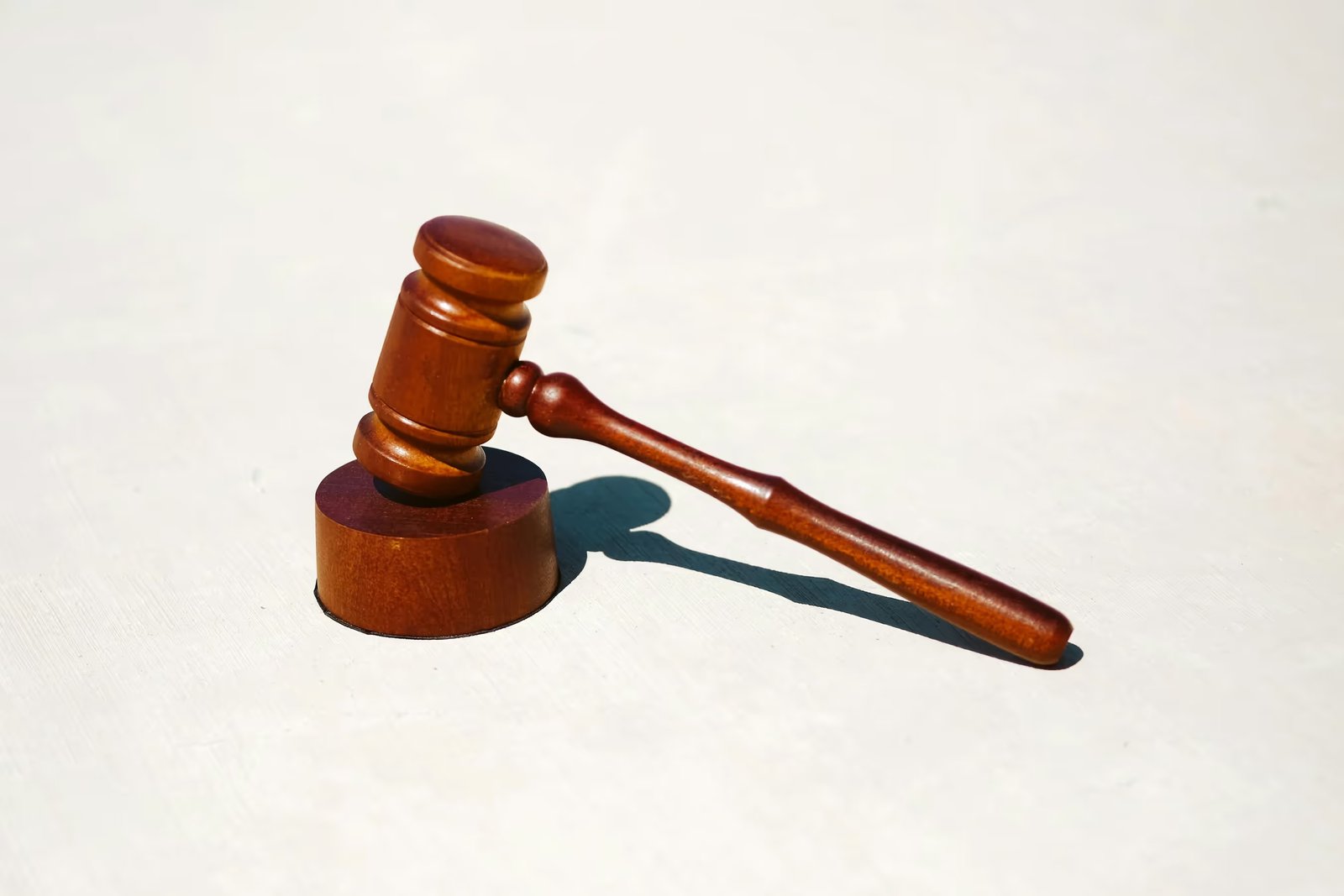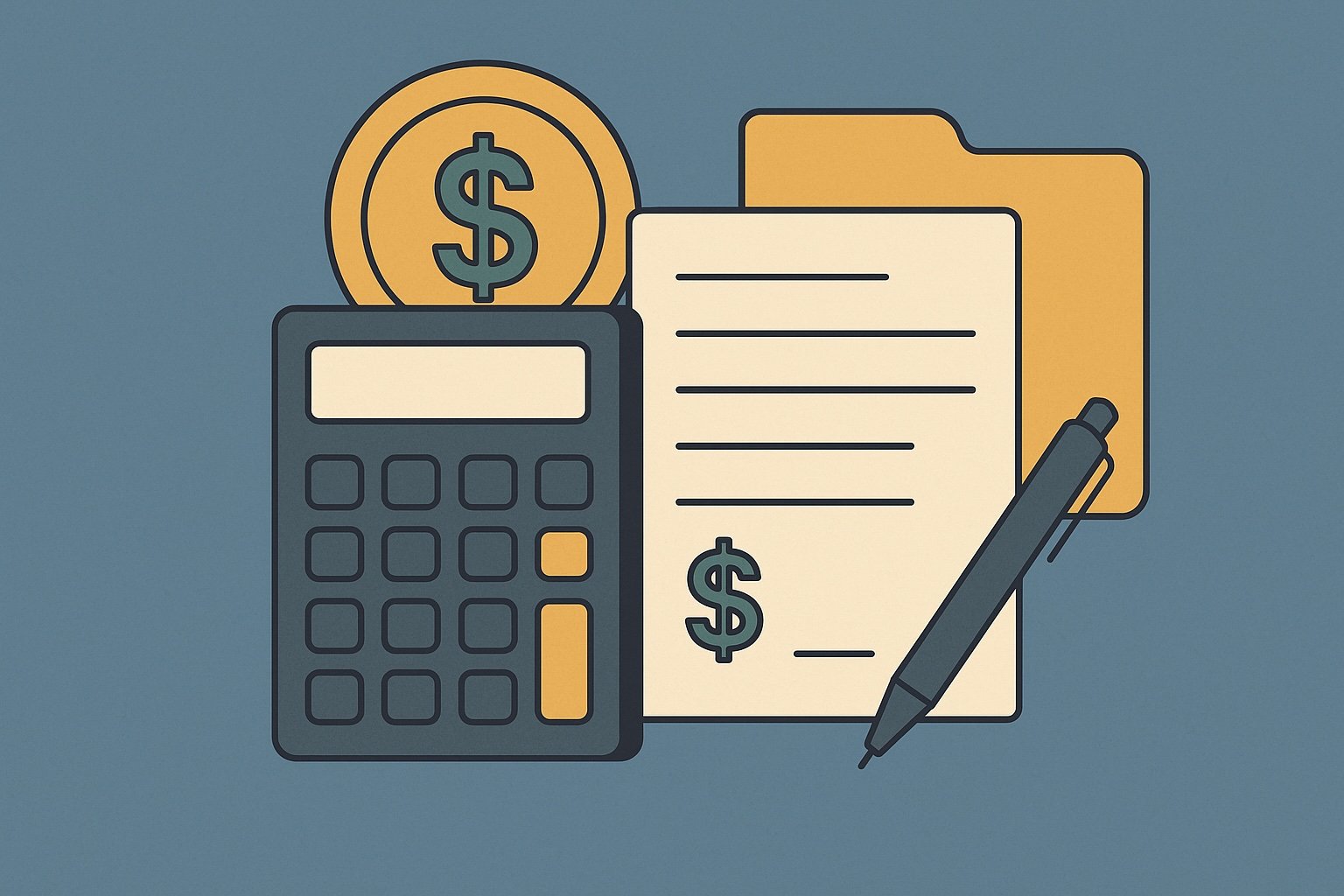Question
ARTE's Answer
Reporting a reverse 1031 exchange on your tax return can be a bit complex, but I’ll walk you through the process. A reverse 1031 exchange is a type of like-kind exchange where you acquire the replacement property before selling the relinquished property. This is different from a typical deferred exchange, where the relinquished property is sold first.
To report a reverse 1031 exchange, you will need to use IRS Form 8824, “Like-Kind Exchanges.” This form is used to report both deferred and reverse exchanges. Here’s a step-by-step guide on how to fill out the form for a reverse exchange:
- Part I – Information on the Like-Kind Exchange:
- Line 1: Enter a description of the relinquished property. This is the property you eventually sell.
- Line 2: Enter a description of the replacement property. This is the property you acquired first in the reverse exchange.
- Line 3: Enter the date you transferred the relinquished property.
- Line 4: Enter the date you identified the replacement property. In a reverse exchange, this is typically the date you acquired it.
- Line 5: Enter the date you received the replacement property. This is the same as the date on Line 4 for a reverse exchange.
- Part II – Related Party Exchange Information: Complete this section if the exchange involved a related party. This is less common in reverse exchanges but important if applicable.
- Part III – Realized Gain or (Loss), Recognized Gain, and Basis of Like-Kind Property Received:
- Line 12: Enter the fair market value of the relinquished property.
- Line 13: Enter the adjusted basis of the relinquished property.
- Line 14: Calculate the realized gain or loss by subtracting Line 13 from Line 12.
- Line 15: Enter any cash or other non-like-kind property received (boot).
- Line 16: Enter any liabilities assumed by the other party.
- Line 17: Calculate the total amount realized by adding Lines 12, 15, and 16.
- Line 18: Enter the amount of gain recognized. This is typically the lesser of Line 14 or Line 15.
- Line 19: Calculate the basis of the replacement property by adjusting the basis of the relinquished property for any recognized gain or boot received.
Example:
Let’s say you, as an investor, used Deferred.com as your qualified intermediary for a reverse 1031 exchange. You acquired a replacement property worth $500,000 on January 1st. Later, on March 1st, you sold your relinquished property for $450,000. The adjusted basis of the relinquished property was $300,000.
- On Form 8824, you would enter the description of the relinquished property on Line 1 and the replacement property on Line 2.
- The date of transfer for the relinquished property (March 1st) goes on Line 3, and the date you acquired the replacement property (January 1st) goes on Lines 4 and 5.
- In Part III, you would enter $450,000 on Line 12, $300,000 on Line 13, and calculate a realized gain of $150,000 on Line 14.
- If there was no boot, Line 15 would be $0, and the recognized gain on Line 18 would also be $0.
- The basis of the replacement property on Line 19 would be adjusted to reflect the deferred gain.
Using Deferred.com as your qualified intermediary ensures that the exchange is structured correctly, allowing you to defer taxes on the gain. Always consult with a tax professional to ensure compliance with IRS regulations and to address any specific circumstances related to your exchange.
Have more questions? Call us at 866-442-1031 or send an email to support@deferred.com to talk with an exchange officer at Deferred.
Sources
- TAM 200039005 (Failed Reverse Exchanges)
- Rev. Rul. 2002-83 (Related Party Exchanges)
- What To Do About Exchange Expenses in a Section 1031 Exchange? (Article)
- IRS Info Letter 2007-0009 (Reverse Exchanges Do Not Qualify for Postponement)
- Goolsby v. Commissioner
- Deferring Losses On The Sale of Property Using 1031 Exchanges
- TD 8535 (Like-Kind Exchanges of Real Property-Coordination with Section 453)
- DeCleene v. Comm., 115 TC 457
1031 Question? Ask ARTE
Deferred's AI 1031 Research Assistant is trained on 8,000+ pages of US tax law and outperforms human CPAs by 22%+
CHAT NOW
Learn More
See more frequently asked questions about 1031 exchanges








